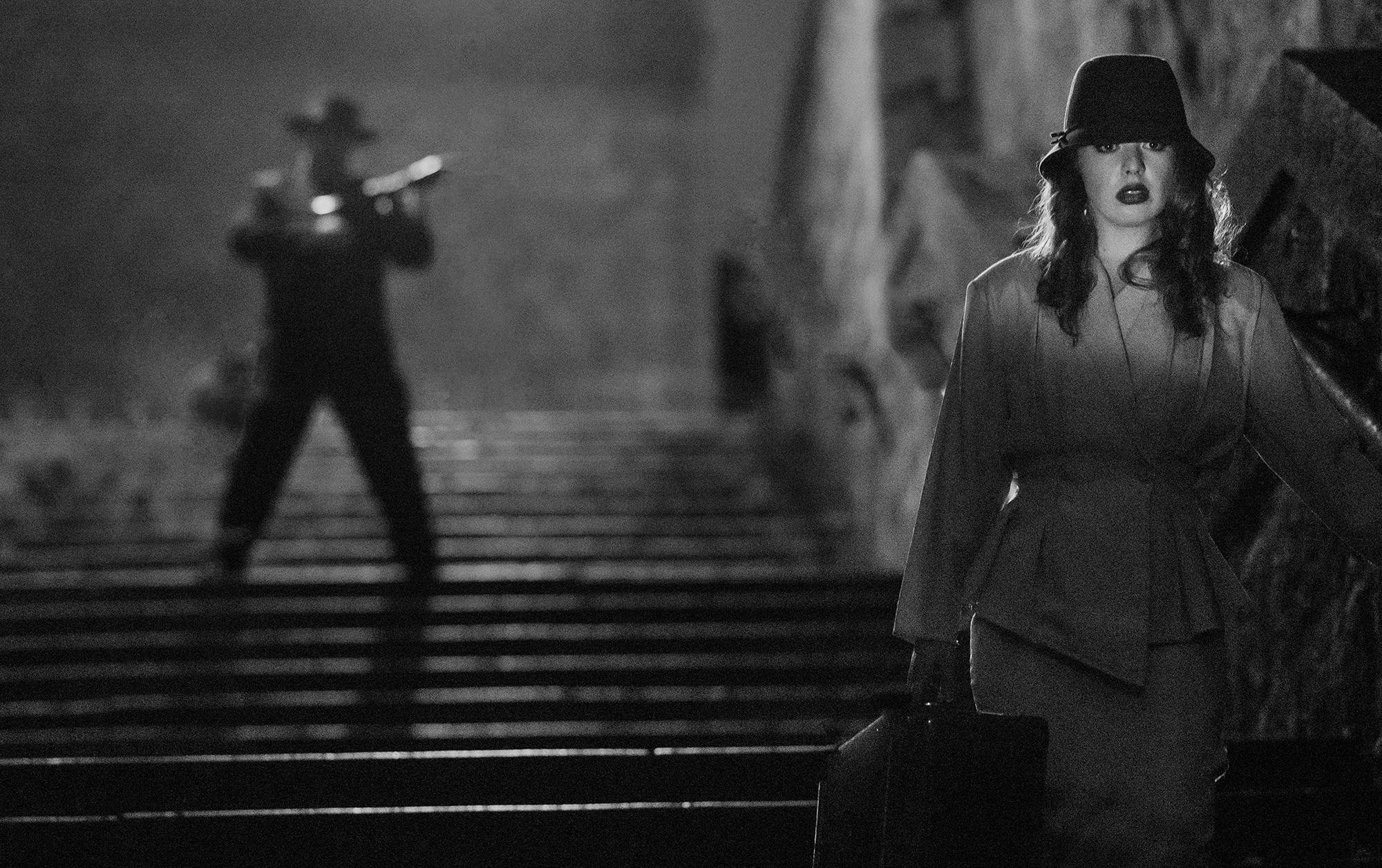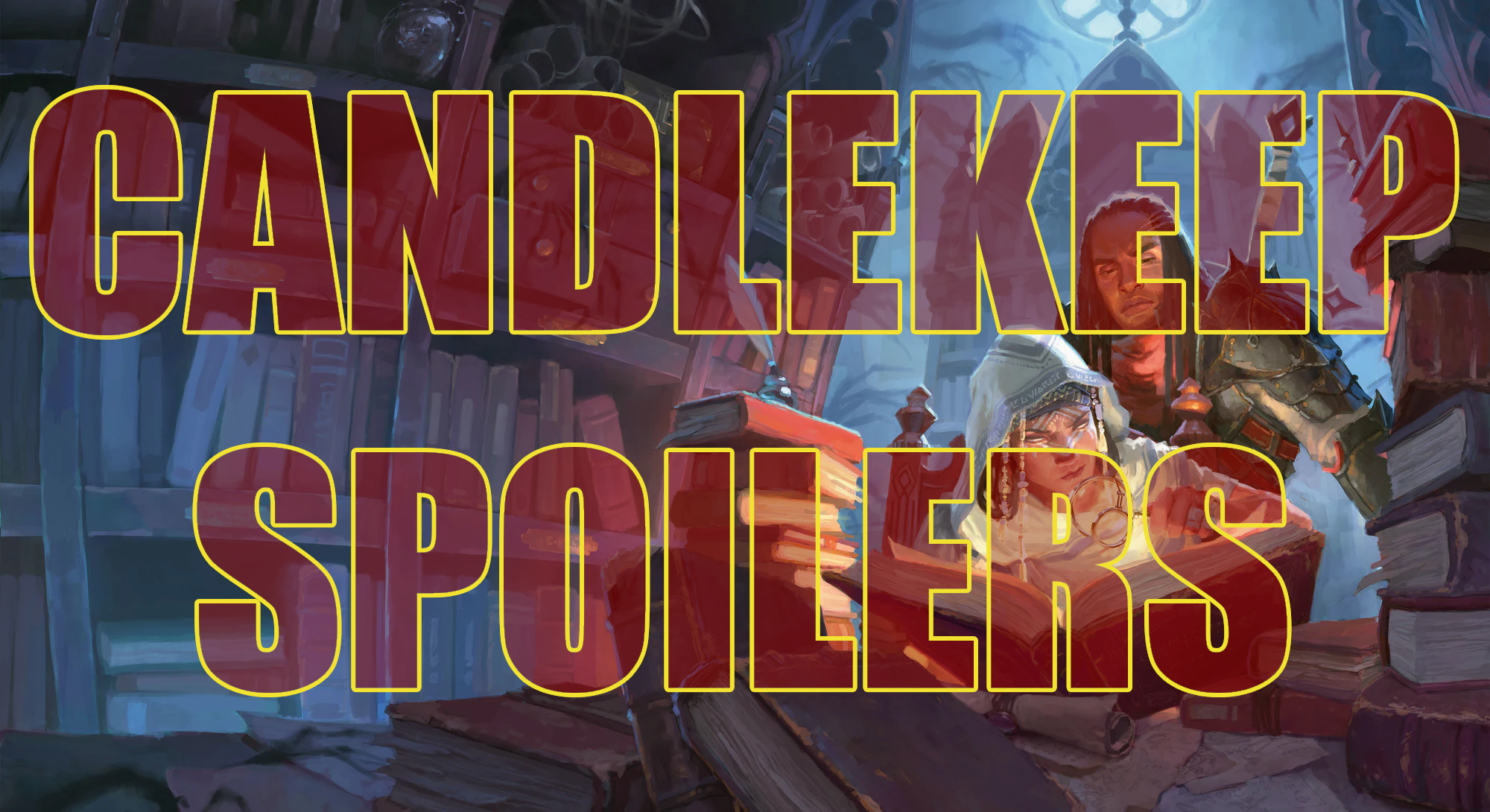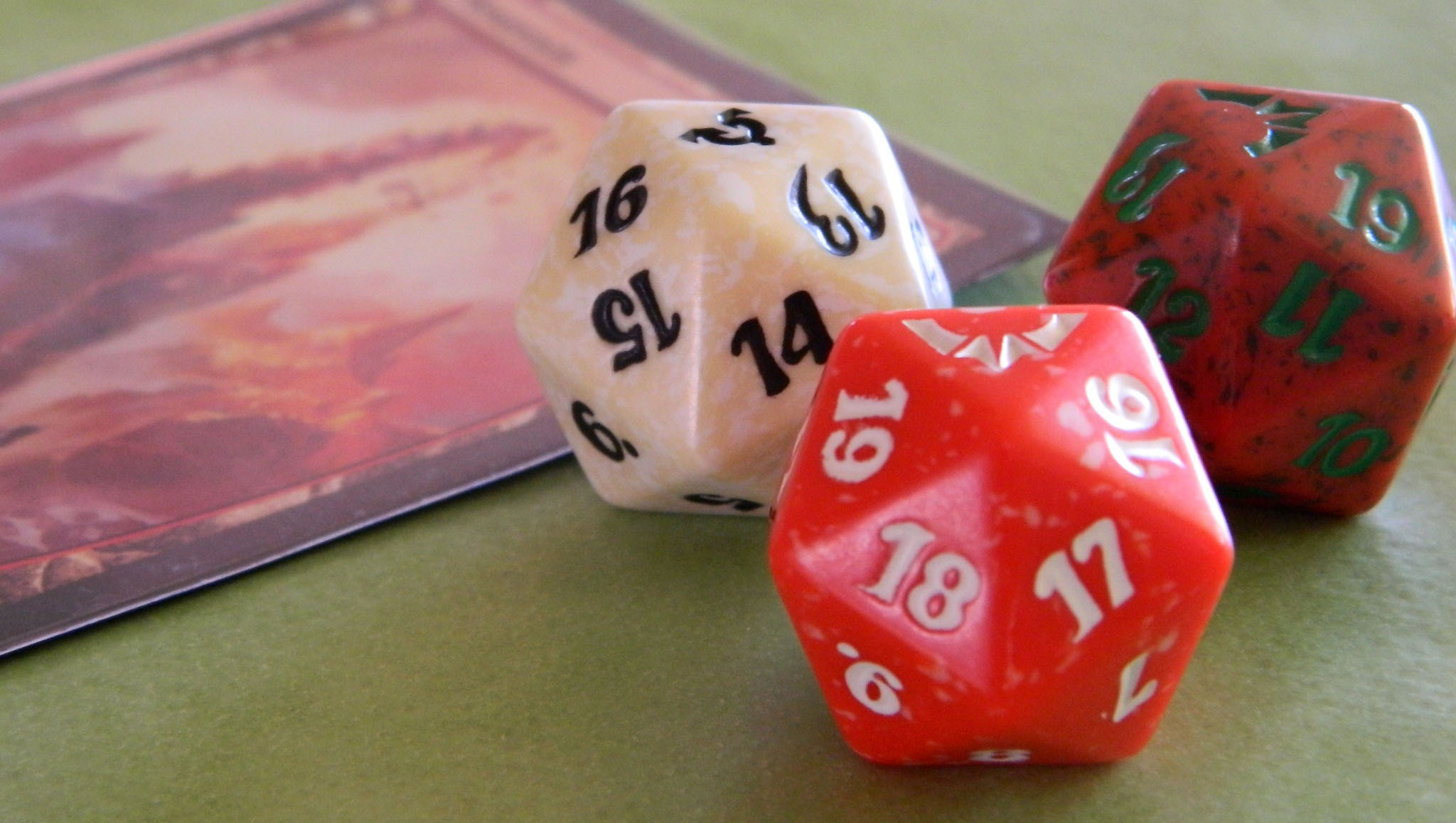In the Three Clue Rule, I assert that for each conclusion you want the PCs to make in a mystery scenario, you should include at least three clues. Many people have had a lot of success designing and running scenarios with this advice, but as GMs begin working with this technique for the first time, it can often prompt the question:
How do you come up with all those clues?
So let’s talk a little bit about what goes into making clues and a few of things I’ve learned over the years that you may find useful.
First, check out Random GM Tip: Using Revelation Lists. That article provides an in-depth look at how I organize my clue lists while designing and running scenarios, and that structure is going to be useful as you start laying the clues into your scenario.
Second, don’t overthink it. A lot of clues will flow naturally from the scenario as you’re designing it. I recommend doing an initial “structural pass” in which you’re defining the necessary revelations and assign clues to them. If you can get three clues for every revelation at this point, that’s fantastic. But if you’re struggling to fill in all the blanks on your revelation list, that’s just fine: Start working out the details of the scenario with your revelation list nearby and you’ll often find clues easily along the way. (“Oh! Silvester would definitely know that Uncle Bob used to be in the marine corps!” or “Hey! I could put a matchbook from the Silver Rodeo in Susan’s purse!”) And if that still doesn’t fill in all the clues you need, all this detailed knowledge of the scenario will make it a lot easier to come up with the clues you still need during a second brainstorming session.
SIX TYPES OF CLUES
Conceptually, there are six types of clues.
Static clues are a specific piece of information which can be found in a specific way. For example, a bloodstain that can be found by searching a room.
Flexible clues are pieces of information that you know are there to be found, but which can be accessed in multiple ways. For example, imagine that there’s valuable information in a computer database. The PCs could hack the database remotely, physically raid the building where the server is located; bribe, seduce, con, or otherwise subvert an employee with access to the database; and so forth.
Broadly speaking, PCs will learn about people, places, organizations, events, or other scenes where they can investigate whatever it is that they’re investigating. In the terminology of node-based scenario design, these are nodes, and static and flexible clues are placed within specific nodes.
Proactive clues, by contrast, come looking for the PCs. I talk about them at some length in the Three Clue Rule and also The Secret Life of Nodes, but Raymond Chandler provides the classic example: “A guy with a gun walks through the door.” In other words, instead of the PCs identifying a node and going to investigate it, some nodes (usually people) will come to the PCs and bring clues with them.
Reactive clues, on the other hand, kind of exist “in the cloud,” so to speak. They aren’t assigned to specific nodes and they don’t come to the PCs. Instead, these are clues the PCs will find through holistic investigation techniques that they can frequently use without specific prompting. Typical forms include canvassing, research, and divination spells. Rulings in Practice: Gather Information dives into these types of clues in greater depth.
(This terminology can be a little weird. You can think of it like this: If the clues are proactive, then the PCs are reactive – i.e., the clue walks through the door with a gun and the PCs have to react to that. If the clues are reactive, then the PCs have to be proactive – nothing is going to specifically prompt them to go looking for these clues.)
Because reactive clues are more-or-less totally dependent on the players spontaneously thinking to go looking for them, they can be very unreliable when designing an adventure. On the other hand, if looking for a particular type of reactive clue becomes a standard operating procedure for a particular group, then the exact opposite can be true!
For example, over the past couple of years I’ve spent a lot of time running the same Call of Cthulhu and Trail of Cthulhu scenarios for different groups. Groups with players who have read the rulebooks or have a lot of experience with the game will almost automatically go to the library or research the local newspaper morgues for references to whatever they’re investigating because the rulebooks establish this as a standard operating procedure for investigators. Groups without that experience just… don’t.
The Technoir roleplaying game is actually mechanically designed around the default action of “hit up one of your contacts.” If the PCs don’t know what to do next, they should go ask one of their contacts (and the game is designed so that the contact always has a clue or a job or some form of lead that gives them something to pursue). The first few times I ran the game, this worked flawlessly. Then I ran the game for a group that hadn’t read the rulebook and didn’t know to do this and the game turned into a grind for a couple of sessions until I realized that I just needed to literally tell new the players: If you’re stuck, do the noir thing and hit up a contact!
In other cases, you’ll find groups spontaneously developing their own standard operating procedures.
Dynamic clues are what the PCs find when they take an investigative action which should logically provide information despite the fact you didn’t specifically prepare a clue for it. This is what the Three Clue Rule refers to as permissive clue-finding. For example, the PCs decide to look around outside the house. You didn’t specifically anticipate them doing that, but you know that the killer ran into the tree line at the far end of the property, so you conclude that the PCs could potentially find the killer’s footprints.
However, not all dynamic clues are the result of you being blindsided during a session. In some cases, they can actually be designed into the structure of a complicated scenario where you can be fairly certain the PCs will take a particular class of action, but you can’t really sure exactly what form that action will take. For an example of this, check out the Dragon Heist Remix, where, for example, the PCs might choose to research a particular faction:
If the PCs want to find a faction by doing general research, point them in the direction of one of the faction’s outposts. (Each outpost will contain clues that point to Lairs, which are generally their ultimate goal.)
And similar guidance is given for what happens when they track or interrogate bad guys. (You could also think of dynamic clues as being flexible clues that are flexible to the point of formlessness.)
Unassigned clues are basically what happens when you go whole-hog on permissive clue-finding: Instead of prepping specific clues, the GM only preps a revelation list. In some cases these revelations will be assigned to specific scenes (i.e., the fact Tony is hiding at a lake house can be found at the Silver Rodeo). In either case, the GM waits for the PCs to propose any investigation action, then looks at their revelation list and improvises an appropriate clue for that revelation.
I tend to be fairly skeptical of this approach:
- It puts A LOT of pressure on the GM’s ability to improvise during sessions.
- It often produces wishy-washy scenarios, that tend to lack texture. (A good mystery scenario is often as much about what you don’t find as what you do, and this technique tends to miss those beats in the story.)
- As mentioned above, many clues will tend to emerge naturally from the details of the scenario as you design it. So this technique usually goes hand-in-hand with underdeveloped scenarios.
I’ve run mystery scenarios that were entirely improvised, so the technique certainly can work. But I think you will almost always get better results by having a robust, reliable foundation and then improvising on top of it.
MAKING CLUES: STRUCTURE
When making clues, the first thing I do is think about what the PCs need to know structurally for the adventure to work. This is why I start with a revelation list: There may be a lot of other information that the PCs discover in the course of their investigation (that the villain beats her husband; the particular effects of the poison the killer is using; the cult’s beliefs on the wisdom of cats), but I really want to keep my focus on that essential structure.
Then I look at what I know about the crime – or whatever it is that they’re investigating – and think very specifically about what in the specific node I’m looking at could indicate the thing they need to know.
This may seem obvious, but I can get lost a surprising amount of the time floating around in a, “What clues are there?” haze. You really want to flip that around: Instead of thinking about what clues might be in this scene, focus on what you need the current scene to tell the PCs and then treat that as a puzzle or a problem to solve.
For example, the PCs are investigating a cabin on the lake. If you start by saying, “What clues would be in the cabin?” that’s too broad. It’s too vague.
But if you instead say, “I need a clue that points the PCs to Cai Lijuan,” that’s far more actionable:
- There’s a crumpled up envelope in the wastebasket addressed to Cai.
- The property owner can identify Cai as the person who was renting the cabin.
- There’s a box of cold pizza in the fridge. Cai’s name is printed on the delivery label.
- The family vacationing in the next cabin down the lake met Cai and knows his name.
- Cai’s car is still parked at the cabin; you can run the license plate or VIN numbers.
And so forth.
MAKING CLUES: THE SKILL LIST
For inspiration, look at the skill list in the game you’re using. Pick any skill. How could the PCs use that skill to get the information they need?
For example:
- Cryptography? Cai’s left his diary, which he writes in a personal code, in the bedside table.
- Locksmith? There must be something Cai locked up here. Let’s say there’s a safe hidden behind a picture frame with documents identifying Cai inside.
- Photography? There’s a USB stick with photos. Nothing identifying in the photos themselves, but you could check the EXIF data.
Obviously not every skill will be relevant to every piece of information. But if you have a particular piece of information in mind, running down the skill list will probably make specific skills jump out and provide ideas.

















